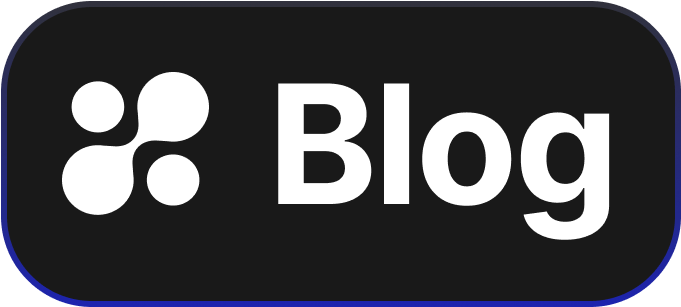Mastering Zero Trust Architecture with Okta: A Guide for Technology Managers
Zero Trust Architecture is more than just a trendy buzzword—it's a crucial framework for safeguarding your digital assets. By understanding how Zero Trust works with Okta, technology managers can ensure their organizations are secure without compromising on innovation.
Understanding Zero Trust Architecture
What is Zero Trust?
Zero Trust is a security model centered around the idea of never automatically trusting anything inside or outside your network. Instead, it verifies every user and device trying to connect. This model works best for organizations aiming to protect sensitive information across multiple systems and devices.
Why Does Zero Trust Matter?
The biggest advantage of Zero Trust is that it minimizes the risk of data breaches. By verifying every attempt to access the network, organizations have a stronger grip on who gets in and what they can do. This is crucial in today's complex digital environment where threats can originate from anywhere.
Okta and Zero Trust: A Powerful Combination
What is Okta?
Okta is a leading identity management service that provides secure access for employees, customers, and partners. It seamlessly integrates with your existing systems while maintaining stringent security standards.
How Does Okta Enable Zero Trust?
- User Authentication: Okta ensures only the right people have access by verifying identities at every login.
- Adaptive Security Policies: It adjusts security measures based on user behavior and device type, ensuring compliance with Zero Trust principles.
- Broad Integration: Okta connects easily with various applications, so you can implement Zero Trust without disrupting current workflows.
Implementing Zero Trust with Okta: Steps to Success
Step 1: Assess Your Environment
Before implementing Zero Trust, understand the current state of your network. Identify who accesses what data and which systems need stronger protection.
Step 2: Leverage Okta's Tools
Use Okta's multi-factor authentication (MFA) and single sign-on (SSO) features to bolster your existing security framework. These tools ensure that access is given only to verified users.
Step 3: Monitor and Adapt
Continuously monitor access patterns and update your security protocols accordingly. Okta's reporting tools can help you spot unusual behavior and respond quickly.
Achieve Peace of Mind with Zero Trust and Okta
Mastering Zero Trust with Okta is not just about preventing unauthorized access—it's about fostering a secure, reliable environment where your team can focus on innovation and growth.
Ready to see this in action? At Hoop.dev, we make integrating Zero Trust with Okta both simple and efficient. Experience our seamless solutions and strengthen your security architecture today. Witness our offerings live and see the difference in minutes.
